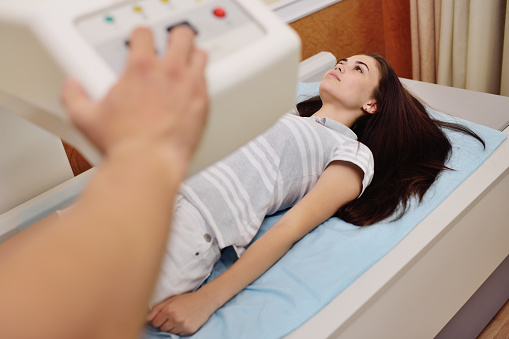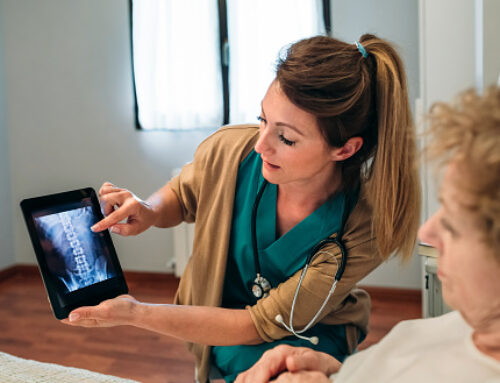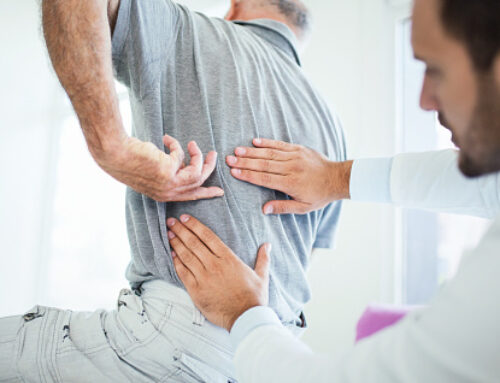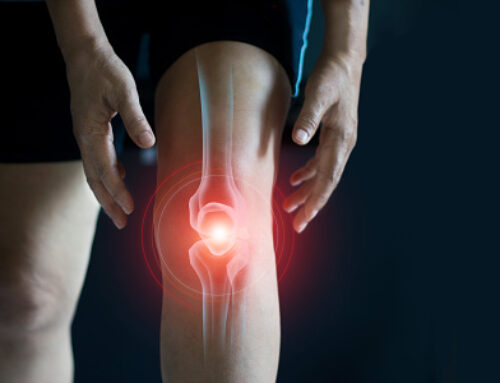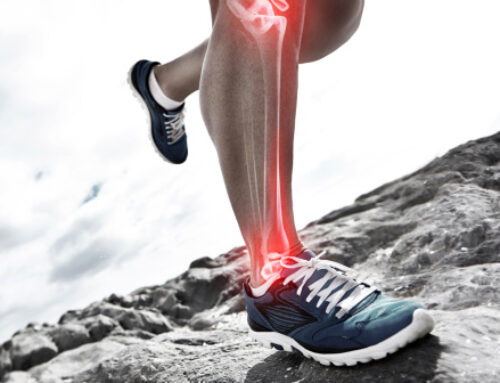Bone is a living tissue that is constantly being broken down and rebuilt itself. The combination of collagen and calcium makes the bone flexible and strong that helps in withstanding the stress.
Bones play many important roles in the body such as providing structure, protecting organs, anchoring muscles and storing calcium.
The balance between breakdown and rebuilding is disturbed by any hormonal or dietary changes; the bone may lose some of the minerals that lead to its strength and density.
Such bone is markedly weakened and vulnerable to fracture in the hip, spine or wrist, this condition is termed as osteoporosis.
Bone density testing is a medical procedure used to determine bone density or strength. It can identify osteoporosis (when bones become less dense, lose strength and break more easily due to calcium loss) or osteopaenia, a milder form of bone loss.
There are various different procedures that can measure bone density. The majority of these procedures are quick and pain-free. Dual energy x-ray absorptiometry (DEXA), which uses a special x-ray scanning machine to measure bone density, is the most popular technique as it is fast and highly accurate. Another name for bone density testing is bone mass measurement.
When bone density testing is performed
Bone density testing is most often used when people have:
- Osteoporosis, or are postmenopausal and concerned about osteoporosis
- A vertebral (spinal) deformity
- Osteopaenia (decreased bone density)
- A previous fracture.
Osteoporosis is common in the elderly, particularly females. Certain diseases and conditions can also contribute to bone loss, including endocrine (hormonal) disease, chronic liver disease, rheumatoid arthritis and chronic renal failure.
Medical issues to consider
Before undergoing the test, you will need to discuss a range of issues with your doctor, including:
- Medical history
- Your risk factors for bone disease
- Whether or not you are pregnant (pregnant women should not undergo bone density testing)
- Any special instructions prior to the test.
Why should you test the bone disorder?
Osteoporosis is often known as ‘silent disease’ as there are no signs and symptoms that alert its presence before. It remains unknown until a person’s bones become so weak with a sudden strain, bump, or fall causing a hip to fracture or a vertebra to collapse. The first indication of the advanced stage Osteoporosis is a fracture.
So it is essential to take care of your bone density and strength before it leads to a fracture. You should keen on the health of bones. Take a regular test on bones to prevent it from fracture or other problems. Test for your bone density by booking the bone disorder test online to maintain your bone health.
Where can you test the bone disorder?
There are many diagnostic centers available in the city to test bone disorders. Opt out the best bone density test center and identify the condition of your bones before it affects your body.
At the diagnostic center, they undergo a bone density test which is also called bone mineral density tests or BMD tests. The result of this BMD test can help your doctor know how you can treat or prevent bone loss and fractures.
Who can have the bone test?
i) All women ages 65 and older
ii) Younger women who have a higher chance of fracture for their age
Types of Bone density tests:
Two types of machines are used in the bone density test
i) DXA (dual energy X-Ray absorptiometry) measures the spine, hip or even total body. This test is the most useful and reliable for doctors to check bone density.
ii) QCT (quantitative computed tomography) measures the spine and tests other sites also. This test is usually done to see how well osteoporosis treatments are working.
Some other bone density tests taken by the experts in the diagnostic center are hormonal supplements, calcium supplements, Vitamin D supplements and other medication that improves the bone density
Apart from these tests, the hormonal deficient test is required to perform because the bone mass will be lowered due to menopausal or hormone deficiency in women. CT scans, X-rays and ultrasounds can also help in bone density test or bone mass measurement test.
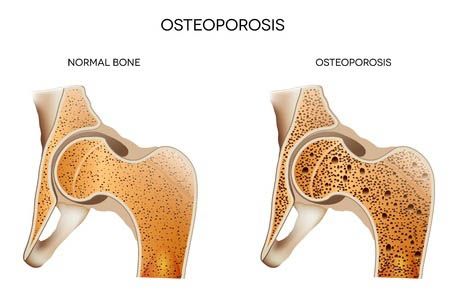
Test procedures
In most cases, you will be asked to undress and put on a hospital gown. All jewellery has to be removed prior to the test. There are several procedures which can be used to measure bone density, including:
- Dual energy x-ray absorptiometry (DEXA) – x-ray beams of differing energy are used to detect bone and soft tissue density separately. This technique can be used to measure bone density in the spine, hip, forearm and the total body. It is one of the most common methods to determine bone density as it is fast and highly accurate.
- Single energy x-ray absorptiometry – a single x-ray beam is used to measure bone density at peripheral sites like the forearm and heel. In this technique, the area to be tested is wrapped in a tissue-like substance or immersed in water to improve the quality of the results.
- Ultrasound – measurements taken during an ultrasound may provide data on the structural integrity of bone. New ultrasound devices such as quantitative ultrasound (QUS) can estimate bone density of the heel within minutes, providing an automatic print-out of results.
Immediately after the procedure
Most bone density scans take around half an hour or so and you can go home straight away. You will have to make a follow-up appointment with your doctor to discuss your results.
What the measurements mean
Bone density measurements are reported as a value in g/cm2 and as a T-score or Z-score, which describes your bone density measurement in relation to other people in a similar group – known as the ‘reference population’.
The reference population for the T-score is young adults of the same sex as the patient, while the reference population for the Z-score is a group of the same age and sex as the person being tested. Osteoporosis is diagnosed if your T-score is -2.5 or less.
Possible complications for bone density testing
Bone density testing is a safe procedure and the dose of radiation is roughly the same as you would receive from the general environment in about one day.
Taking care of yourself at home
Bone density testing is a safe and painless procedure with no after-effects. You can resume your normal activities as soon as the test is finished.
Long-term outlook
If you have osteoporosis, for example, you may need to have repeat bone density tests to make sure your treatment is helping to preserve the integrity of your bones. Try to have all future tests at the same testing facility using the same machine. This will rule out the possibility of any measurement differences between machines or facilities.
Other types of tests
Standard x-rays can only detect osteoporosis when around one-third of the bone mass has already gone. This means that x-rays cannot detect osteoporosis in its earlier stages. However, your doctor may request regular x-rays to make sure your symptoms aren’t caused by some other kind of condition or to check for bone fractures.

